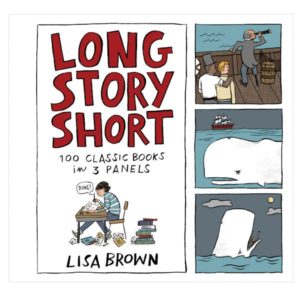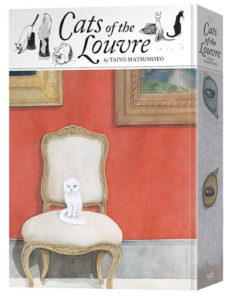Cozy Reads for January
Hidden Treasures by Jane Cleland
The Crystal Cave Trilogy by Susan Albert Wittig
Game of Dog Bones by Laurien Berenson
Yesterday’s Echo by Matt Coyle
Over the past few weeks I’ve been catching up with some of my cozy mystery series as well as checking out a new to me author.
Jane Cleland’s Hidden Treasure is number 13 in the Josie Prescott series. Newlywed Josie and husband Ty just bought their dream home. While prepping for a remodel, Josie finds a hidden trunk the previous owner left behind. She returns the trunk and its contents, potentially rare relics, to the owner and an instant friendship forms. Maudie, encouraged by her nieces, may be interested in selling the trunk’s contents and enlists Josie’s aid. Soon, however, one niece is dead and Maudie and the trunk’s contents are missing. Josie is determined to find a killer and discover what happened to Maudie. Is she dead? Kidnapped? And who has the relics?
The Crystal Cave Trilogy is an adjunct to the long running China Bayles series by Susan Wittig Albert. Ruby Wilcox is China’s best friend and business partner. The three novellas in this collection are all centered on Ruby and her psychic abilities. Each story from a dream that turns out to be a real kidnapping to the stopping of a serial killer before he can claim another victim highlights her expanding abilities. There is also the thread of possible romance with detective Ethan Connors. The skeptical detective slowly begins to accept Ruby’s gift and wants to know more about her. But is he interested in her as a person and just her abilities? For China Bayles’ fans this may tide you over until number 28 comes out later this year.
My last cozy is Laurien Berenson’s Game of Dog Bones. Number 25 in this canine mysteries series has Melanie Travis, her husband Sam, and Aunt Peg all headed to New York City for the Westminster Dog Show. Aunt Peg has been chosen to judge in the prestigious event. Scheduled to give a seminar on judging the day before the show, Peg is disgruntled that a dog show is being held in the same venue. Victor Durbin and Peg have a history and his location seems to have been chosen to detract from Peg’s seminar. When Victor’s body is found the day after the show, Aunt Peg becomes the number one suspect. Victor was pretty unscrupulous and had plenty of enemies. With so many suspects can Melanie find the killer before Peg is arrested for murder?
In reading book reviews, I ran across a review for Matt Coyle’s Rick Cahill series. Ready for a mystery that is a little edgier I started with the first in the series, Yesterday’s Echo. Manager of a restaurant in La Jolla, California, Cahill likes to keep a low profile. He is an ex-cop who was accused of his wife’s murder eight years ago. He returned to his hometown but it comes with its own bad memories. His dad was kicked off the police force for being a dirty cop.
Into his less than idyllic existence drops Melody Malana. When Melody’s dinner companion becomes less than cordial, Cahill steps in. When he rescues her a second time that evening he takes her home for safety but she leaves before morning. He assumes the interlude is over but soon finds that Melody has not disappeared from his life. When two thugs do not believe his denial and try to beat her location out of him, Rick decides he needs to find her. Tracking her to a hotel he finds a crime scene. A dead man occupies Melody’s room.
Melody pops back into his life only to be followed by the police. First she is taken in for questioning soon followed by Cahill. After Melody is arrested it becomes apparent that Rick may be next. It is now a race to see if he can uncover the truth before he is either in jail or the next victim.
This series has the feel of classic detective fiction but Cahill is a complex character and he doesn’t always get it right. He carries a load of guilt over his wife’s death and seems to always be under the shadow of his father’s sins. He still has his cop’s gut but sometimes follows the wrong instinct.
I’ve read the first two in the series – working my way to Blind Vigil, which published in December. Fast-paced with unexpected twists, these are hard to put down. If you enjoy Lawrence Sanders and/or Andrew Vachss novels this is a series I think you’ll like.



